My piece on Mcleodganj appeared in Mint Lounge last weekend. You can read it on the mint website (if that makes any difference)… The Tibetan book of living, in pdf form here…
And for those too weary to click, read on here…
***
On any quiet morning, the reverberations of “Om mani padme hum” seem to rise from the belly of the Himalayas, a chant as eternal as the mountains and as unchanging. They seep into the low-key bustle of locals setting up shop, roadside vendors releasing the steam from the day’s first batch of momos, groups of young monks marching in their deep yellow and maroon robes.
A sudden gust of icy wind lifts a robe, revealing a bright football jersey. His companion balances a prayer wheel in one hand with a cellphone in the other. In the distance, temple bells are ringing; closer by, the Internet parlour blares out hip-hop beats.
Maybe it is the thin mountain air, but reality always seems slightly out of sync in McLeodganj. If India lives in many centuries, this hill station crams in cultures, chronologies and characters with the insouciance of the mighty Dhauladhars themselves. They have seen them all: The British, who established a garrison town in the 1850s (the name comes from David McLeod, then lieutenant governor of Punjab), the Indians, who kept floating in and out but never made it home, emphasizing the separateness by calling it “Upper” Dharamsala and, then, the Tibetans, unerringly zeroing in on a centre of calm to heal their uprooted lives.
Little Lhasa is likely to make its presence felt at the most unexpected moments. Sitting on a bench on the first floor of the temple in the Thekchen Choling complex, I watch Kangra valley take its cue from the setting sun and begin to wind down for the day. Loud shouts from the temple grounds below disrupt the peace with complete disregard for the Zen-seeking tourist: “Answer me quickly!” followed by a quick clap, an impatient snap of the fingers. For young monks immersed in their evening studies, learning and sharing knowledge through the ancient art of rhetoric, it is only a sudden shower that sends them scurrying indoors— but there’s no respite from their lessons till nightfall.
Rigour informs life here in ways that make disciplined urban lifestyles look like soft options. As I watch, a frail old woman prostrates herself on the ground in the direction of the sanctum sanctorum, arms stretched in supplication, and rises to complete one circle of prayer. And she does this again and again and again, and she does this every day, evidence of a level of fitness that city slickers such as me can only dream of.
The exterior of the temple complex is unassuming, plain concrete and basic colours, in apparent disregard of the fact that it houses the Dalai Lama’s residence and the Namgyal Monastery. On the first floor, though, the grandeur of Tibetan woodwork and love for bright colours assume larger than life proportions in the imposing statues of Padmasambhava (the Buddha) and Avalokiteswara (“the compassionate one”, of whom the present Dalai Lama is believed to be an incarnation). Whether you are a believer or not, the charged atmosphere is curiously moving, encouraging stillness and contemplation.
The 14th Dalai Lama has been in McLeodganj for more than four decades now, but nostalgia for the homeland—remembered or imagined—is something every Tibetan carries within himself. Forget the preference for jeans over traditional tunics, Tibetan culture is carefully preserved for future generations in the Norbulingka Institute, set up and managed by a trust created by the Dalai Lama himself.
Located in the valley, a few kilometres from Dharamsala, the Institute’s campus is full of tiny bridges, cool streams and ornate arches. Norbulingka is the summer palace of the Dalai Lama back in Tibet, and the community has worked very hard to recreate the “back home” feel in this patch of land thousands of miles away.
“We don’t want to lose our indigenous crafts. That is why we train our young people here,” says the young monk who abandons his post at the front office to show us around. His tone suggests the concern is as much for the arts and crafts as it is for the young people.
We step into a spacious, sun-lit room where a group of young Tibetans are working on an intricate thangka (scroll painting). “It will take a year to complete,” he announces. But then, where is the hurry?
Not in the mountains, certainly. Appropriately enough, it is religion that takes precedence in Dharamsala; in the presence of the Dalai Lama, of course, but also in the prayer wheels in the temple, in the middle of the crowded market and in the fluttering prayer flags everywhere. At the Church of St John in the Wilderness—its stained glass windows hidden between trees and swirling mist—the pastor from Kerala directs us to the graveyard when we ask for stories. I discover the grave of Lord Elgin, British viceroy of India from 1861 to 1863: He sought to be buried here because it reminded him of his own country, Scotland.
Religion is also in Bhagsunath, on the other side of town, where the Nag temple attracts pilgrims from all over the region. I join the “other” devotees, backpackers in search of the unnameable, who make their way straight up the narrow trail all the way to the top. There, the Bhagsu falls into a freezing cold but placid stream. Who knew nirvana comes accompanied by the sounds of a raspy Bob Dylan or Lonely Planet guides to Sud Indien?
TRIP PLANNER
How to get there:
Drive or take an overnight bus from New Delhi. The nearest broad gauge railway station is at Pathankot, while the new airport at Gaggal in Kangra valley has daily flights to New Delhi on Indian Airlines and Air Deccan (return economy fares from around Rs9,000). Hire a taxi from either place to reach McLeodganj, 9km away and some 460m higher than Dharamsala. The last stretch of road may be tough on queasy stomachs.
Where to stay:
We stayed at Chonor House (’www.norbulingka.org’, website under construction; Tel: 01892-221006/09418031468), very close to the main temple, and managed by the Namgyal Trust. I had read that Richard Gere stays here during his visits, but that didn’t influence me in any way (though I did ask to see the room he usually occupies). Tariffs range from Rs1,800 to Rs4,000. WelcomHeritage Grace Hotel (‘www.welcomheritagegracehotel.com’) is a 200-year-old manor house that belonged to India’s first chief justice. Though located in Dharamsala proper, and not McLeodganj, it comes with the trademark combination of personal hospitality and professional service. Double deluxe rooms from Rs3,300.
What to do:
Dharamsala and Dharamkot, 8km uphill, are both ideal bases for trekking and assorted mountaineering activities. From Dharamkot, you can do an easy trek to Triund—at 3,350m, it is the closest point to the Dhauladhars. Or take a taxi to Naddi village, where you can stand on a deserted mountain road and take a look at the Dhauladhars in the distance and the bustle of life in the valley down below. On the way, stop at Dal lake—considered sacred by the Tibetans—and feed the fish. Or catch a performance at Tipa (Tibetan Institute of Performing Arts) on the way up to Dharamkot.
In McLeodganj, lazy breakfasts, long walks, quick trips to shops selling Kashmiri and Tibetan curios and old-world bookshops, and evening visits to the monastery are must-dos. Do sample the momos. And feast all your senses during mealtimes at Nick’s Kitchen, with stunning views of distant mountains and valleys.
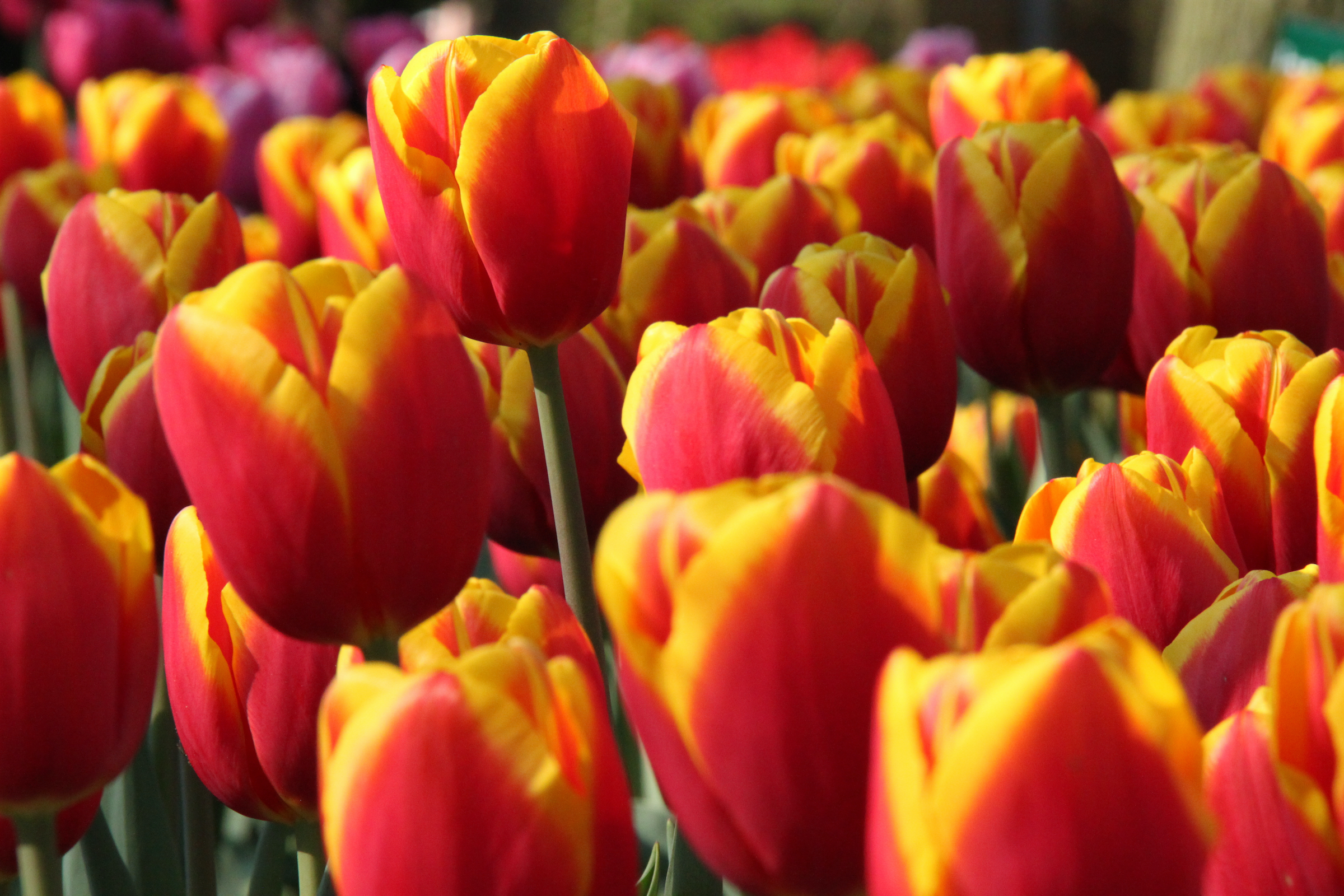
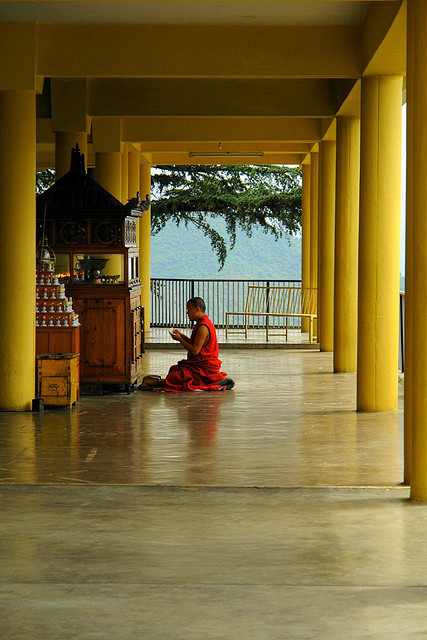

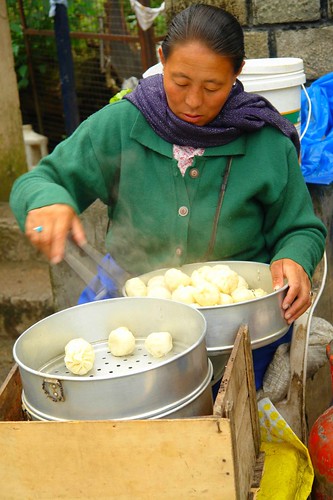


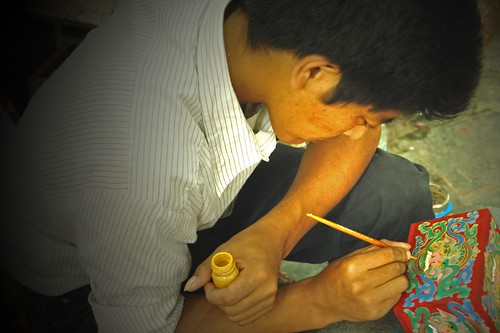
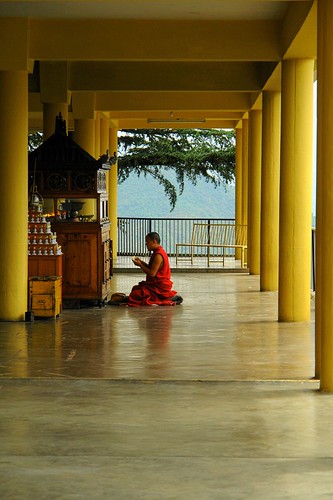



Looks like your writings are going places 🙂 I need to get a tip or two from you… Picked up the Taste and Travel with Shekhawati stuff today, has come out nice..
Forgot to add: Dharmashala pictures are great. I liked the ones posted here than the ones published.
thanks, Arun… tips, any time 🙂 and glad you liked the Shekhawati article – am looking forward to you pictures and reports on Rajasthan…
and yes, I like these pictures much better too – had sent a bunch to the editor but these are what finally got chosen – for whatever reason!
Great pictures..am using this post as a guide when I get there